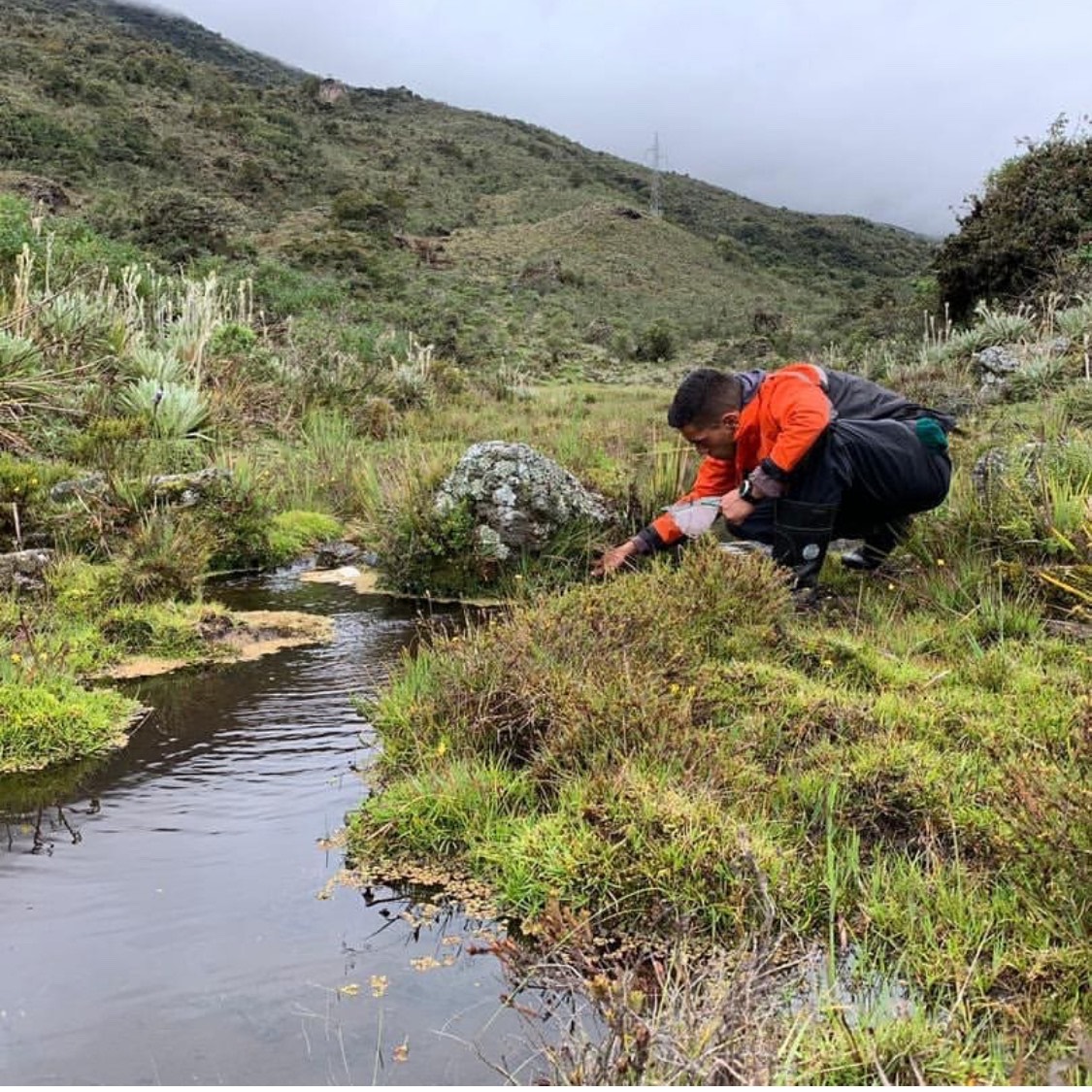By Enrique La Marca, REVA Conservation Center
The COVID-19 pandemic is affecting activities and the welfare of human populations, but also posing problems to conservation efforts worldwide. Since REVA conservation programs imply in situ, ex situ and community outreach projects, the collateral adverse effects of the virus are also multifold. REVA Field work, lab and teaching activities have been affected, because of having this multi-component conservation approach.
Controlling measures to avoid spreading of coronavirus imply human mobility restrictions and confinement. In this regard, human presence at activities in the ex situ REVA facilities has been drastically reduced. Due to space limitations, only one person is allowed at the confined facilities each time. This is affecting the time expended in attending the terraria, although it is counteracted by having different working shifts. Nonetheless, since most of the attendants are university students, their availability has also diminished.
Field expeditions and species monitoring have also been curtailed in response to adhering to measures aimed to avoid virus spreading among human populations, like restrictions of movement between localities to staying-at-home and social distancing. Field data gathering is compromised by mobility restrictions and number of participants in the field parties (now reduced to no more than three people at a single locality each time, and wearing as much as possible facial masks and following biosecurity protocols). We have implemented alternative activities at long distance localities by making alliances with local trained-personnel who is taking charge of the field activities while reporting to a faraway coordinator.
In the middle of a REVA training course in amphibian conservation we stopped the practical activities a few days before the national government issued the official lockdown announcement, at the very start of the pandemic. The course later shifted to an online-based second phase. The community work agenda completely stopped, as those activities involving a conservation multiapproach with the participation (both in group meetings and practical activities) of local communities became unpractical and unsafe.
The pandemic has also brought problems to local amphibians, for instance the deforestation of mountain stream banks by local residents to get provision of wood in a country that is facing an increasing problem in provision of domestic gas. Absence of vigilance in those places exacerbates the problem.
Depending on their programs, people and equipment involved, the conservation centers may have had different degrees of impact by the pandemic. Lack of funding, either because of not availability of external funding or difficulties in obtaining income through sales of visitors, appears to be one of the main ones. The uncertainty remains in the future about the possibility of external support in post-pandemic times, when other priorities may take more relevance. Another current issue is that government agencies are working at a slow pace, if any, affecting issuing of permits and other matters related to environmental regulation. Under this new scenario, most projects will need to be re-scheduled. The real consequences are still to be revealed, once the pandemic is over. Meanwhile, we should not stop protecting the endangered wildlife.
Photo © Erik La Marca

